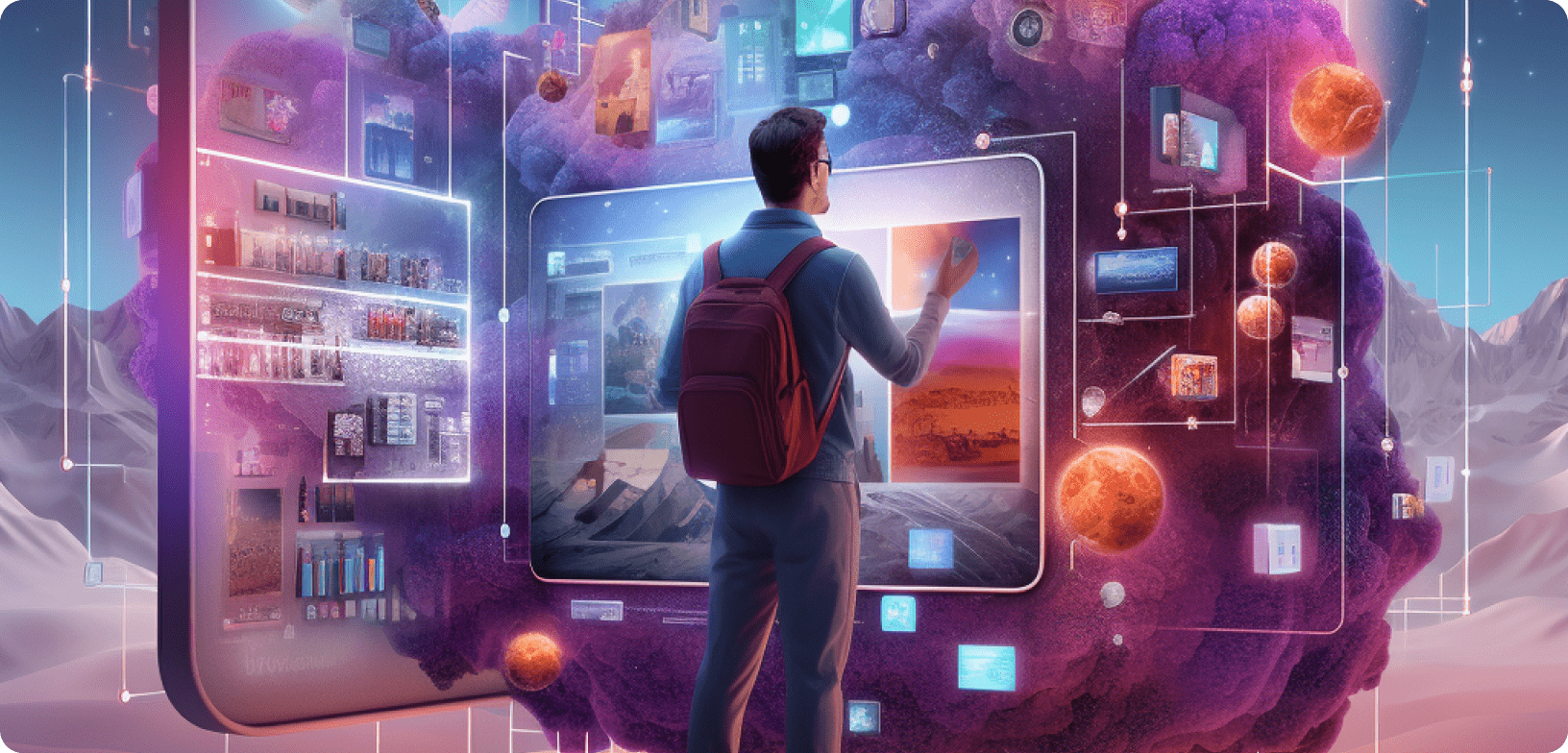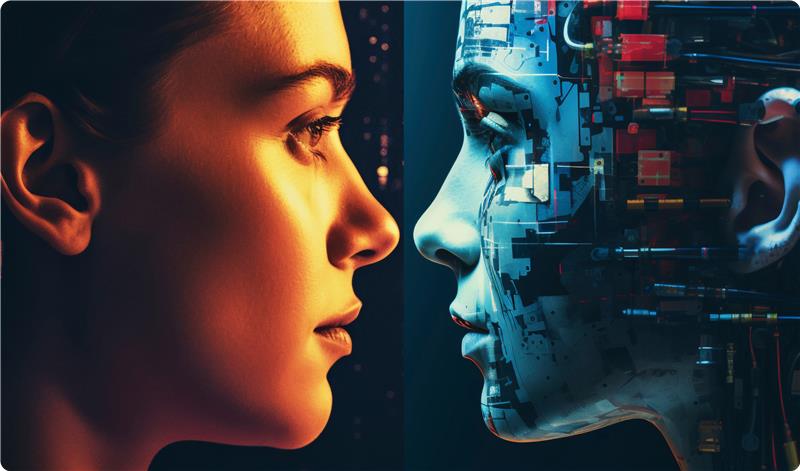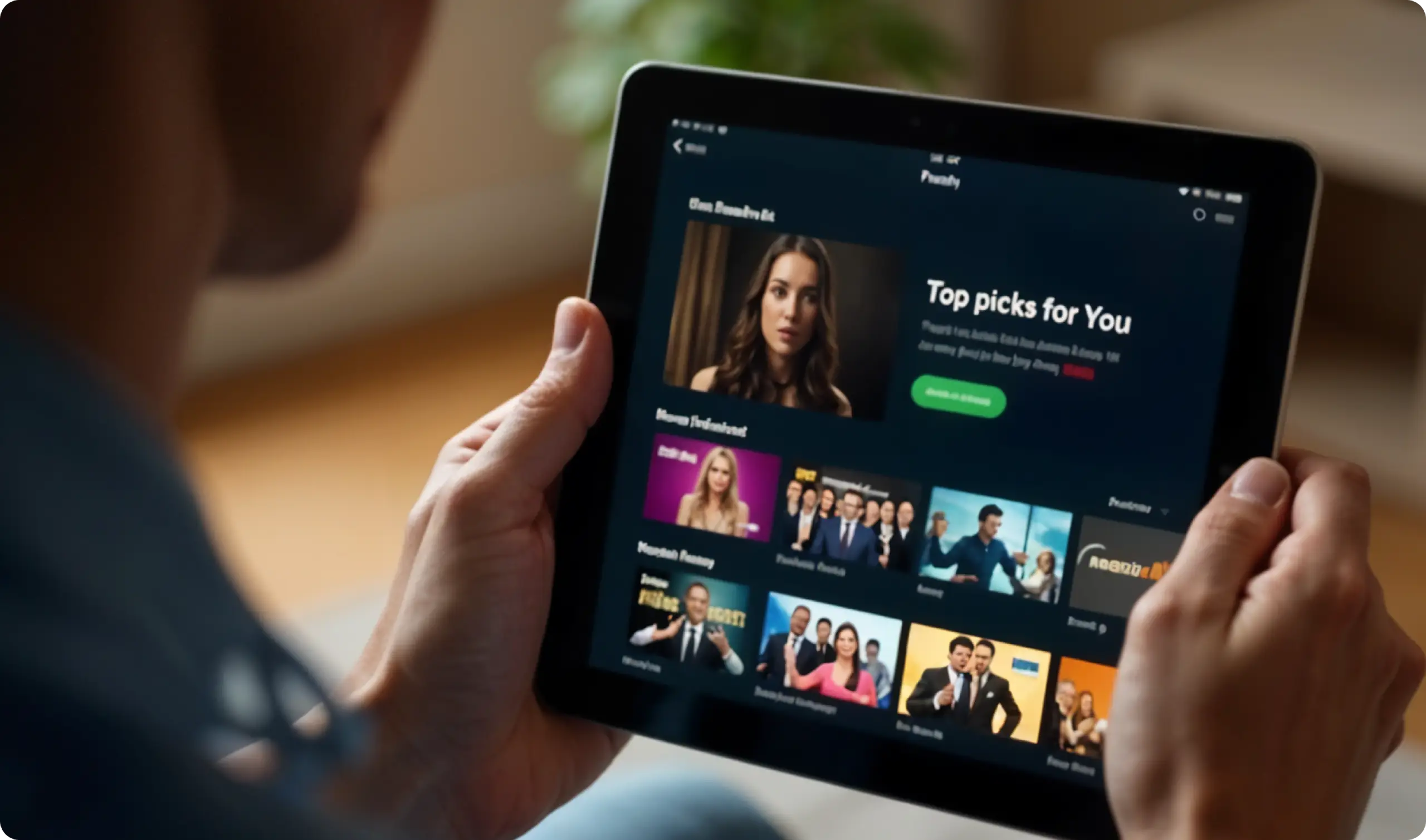
Picture this: You wake up to the sound of your alarm, and as you stretch and rub your eyes, your smart home system detects your movement and begins brewing your favorite coffee. While savoring that first sip, your smartphone buzzes with a notification, reminding you of an important meeting. Without skipping a beat, you seamlessly transfer the notification to your smartwatch, which displays it on its vibrant screen.
This is the evolving landscape of connected experiences, where technology and UX strategy intertwine with our daily lives, enhancing and streamlining our interactions. From personalized recommendations on streaming platforms to voice-controlled virtual assistants that answer our questions, the future is being shaped by our ever-growing reliance on connected devices. As UX design strategy merges with technological prowess, understanding usage trends and preferences becomes vital to create experiences that truly resonate and make a lasting impact.
In this blog post, we will explore the significance of anticipating user trends in the realm of connected experiences. We’ll delve into the importance of personalization and customization, the need for seamless integration across devices, the rise of voice and natural language interfaces, and the exciting possibilities of immersive and augmented experiences.
Personalization and Customization
The rise of Tailored Experiences is one of the most significant trends in the connected world is the growing demand for personalized user experiences. Users are no longer satisfied with one-size-fits-all solutions; they expect interfaces and content tailored to their individual preferences.
For example, streaming platforms like Netflix use sophisticated algorithms to recommend shows and movies based on a user’s viewing history, creating a personalized content feed that keeps them engaged and entertained, and this is only the beginning.
UX design strategy needs to focus on gathering user data ethically and transparently while empowering users with control over their data and privacy settings. By understanding user preferences and behavior patterns, designers can deliver highly personalized experiences that resonate with their audience. For example, social media platforms like Facebook and Instagram have implemented privacy settings that allow users to control who sees their posts, providing a sense of control and security in the digital space.
Seamless Integration across Devices
Throughout our day, we’re dependent on at least 3 or more technological devices, which is why we expect a consistent experience as we transition from one device to another. Whether it’s starting a task on a smartphone and continuing it on a laptop or controlling smart home devices from a wearable, UX strategy must ensure that interactions are smooth and uninterrupted.
For instance, cloud storage services like Dropbox or Google Drive allow users to access their files from different devices, ensuring that they can pick up where they left off, regardless of the device they’re using. This synchronization and continuity across platforms enhance productivity and provide a consistent user experience.
Going forward, with more devices added to the list, interconnected ecosystems and cross-device communication will play a vital role in delivering cohesive experiences that adapt to users’ changing needs.
Voice and Natural Language Interfaces
Alexa! Play some music.
Voice assistants like Amazon Alexa, Google Assistant, and Apple’s Siri have gained significant popularity in recent years. Smart speakers, such as Amazon Echo and Google Home, have become common household devices. The convenience of interacting with technology through voice commands has led to increased adoption of these voice-enabled devices.
But what’s the technology that makes this happen?
Natural language processing (NLP) technology has made tremendous progress, enabling voice interfaces to better understand and respond to human language.
NLP algorithms can analyze the context, intent, and sentiment behind user queries, allowing voice assistants to provide accurate and relevant responses. These advancements have greatly improved the overall user experience and made voice interactions more seamless.
Voice and natural language interfaces are being integrated into a wide range of smart home devices and IoT (Internet of Things) devices. Users can control their lights, thermostats, locks, and other smart home devices through voice commands, making their homes more convenient and efficient. Additionally, voice interfaces are finding applications in various industries, including healthcare, automotive, and customer service, enhancing user interactions and simplifying complex tasks.
By designing intuitive and user-friendly voice interactions, a good UX design strategy can create experiences that are hands-free, accessible, and personalized. Voice interfaces should be able to understand user commands accurately, provide relevant responses, and adapt to different accents and language variations.
As voice and natural language interfaces continue to evolve, designers have the opportunity to create experiences that seamlessly blend technology with the human conversation, making interactions with devices feel more natural and intuitive.
Immersive and Augmented Experiences
Virtual reality creates a fully immersive digital environment, while augmented reality overlays digital elements onto the real world. The integration of VR and AR technologies in connected experiences opens up a world of possibilities. When used in User experience strategy, VR can transport users to virtual worlds, creating realistic and interactive experiences, while AR can enhance the real world by overlaying digital information and objects onto our surroundings.
Immersive experiences offer a higher level of interactivity and engagement. Users can actively participate and manipulate their virtual environments, blurring the lines between the digital and physical realms. For example, in VR gaming, users can physically move and interact with objects, creating a sense of presence and immersion that traditional gaming cannot replicate.
VR can transport players into the game world, allowing them to experience adventures firsthand. On the other hand, AR can enhance live events, overlaying additional information or interactive elements for an enriched experience.
In education, VR and AR can provide immersive learning environments, allowing students to explore historical sites, conduct virtual experiments, or visualize complex concepts.
By leveraging VR and AR technologies, UX designers can transport users to new realities, spark their imagination, and foster deeper engagement. It is essential to design intuitive interfaces, realistic graphics, and interactive elements that seamlessly blend the virtual and physical worlds.
Embracing the Future of Connected Experiences
In navigating the future of connected experiences, UX strategy must largely keep a keen eye on user trends and adapt their strategies accordingly. By understanding and embracing these trends, UX designers can create innovative and meaningful experiences that resonate with users, fostering engagement, and delight.
As technology continues to evolve, the possibilities for enhancing user experiences in the connected world are endless. It is up to us, as designers and creators, to harness this potential and shape a future that is seamlessly connected and user-centric.
To unlock the full potential of connected experiences and create innovative designs that anticipate user trends, get in touch with YUJ Designs today.






